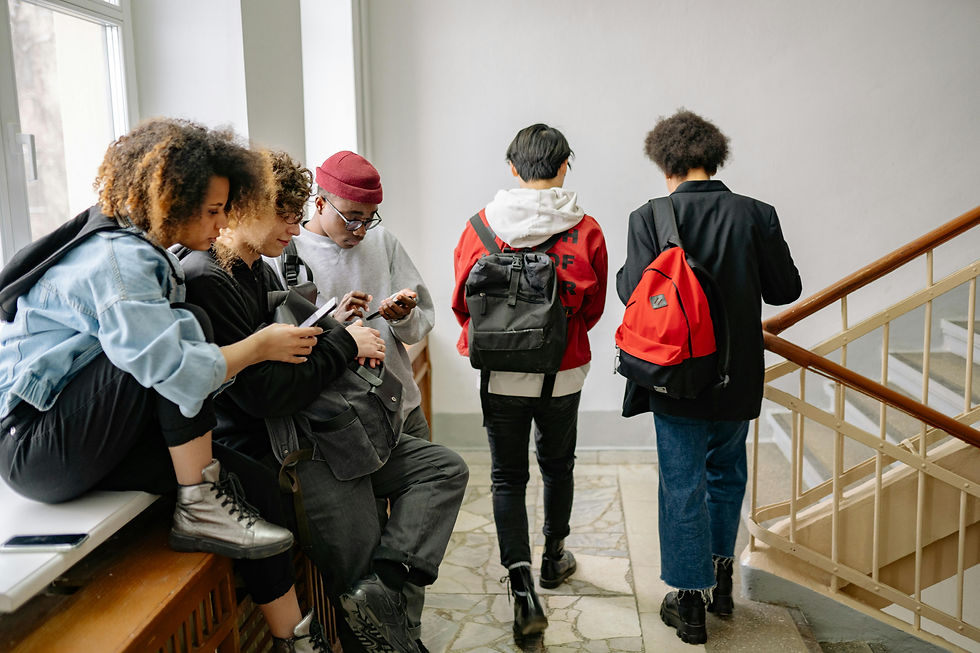Teaching Through the Beat
- Daniel Yanez

- Nov 8
- 3 min read
Redefining Urban Education with Culturally Responsive and Hip-Hop Pedagogies
Engaging with the work of Geneva Gay, Decoteau J. Irby, and Christopher Emdin feels like hearing three distinct voices united by a shared idea; each affirming that culturally responsive teaching transcends method or strategy. Rather, it represents a broader movement toward collective empowerment, affirmed identity, and genuine educational justice.
According to Gay, when classrooms adopt cooperative learning, where students work together and support each other; they reflect the collective ways of learning found in many cultures, especially those of historically marginalized groups. In many families and communities, knowledge is shared, and people learn through collaboration opposed to working alone. When schools mirror these communal traditions, they create an environment where all students feel their backgrounds are valued, leading to higher engagement and deeper learning. In short, Gay’s research shows that a classroom built around cooperation and mutual support helps every student thrive because it honors the cultural strengths students bring with them.
Instead of isolating learners, Gay poses learning as a shared, context-rich experience. This is also a concept Irby extends by establishing urban education as socially produced space.
"Few urban education scholars, hip-hop-based or otherwise, engage with the urban or the city in the same ways that researchers engage with concepts such as race, gender, class, and culture as social constructs...By moving beyond old school perspectives and engaging the urban education question with the same verve as we do other concepts, HHBE researchers have the very real potential to be instrumental in shaping a critical urban education perspective in HHBE research and practice." -Irby
Through his perspective, schools are not neutral places rather living environments shaped by power, race, and culture. Hip-hop pedagogy, then, becomes a way to reclaim those spaces, transforming classrooms into arenas of belonging, voice, and agency.

Emdin’s Ratchetdemic drives the conversation even further. He urges teachers to free themselves from the constraints of traditional, white-centered academic norms that often define what counts as “proper” behavior or knowledge in schools. Instead of expecting students to conform to these narrow standards, he encourages educators to embrace and celebrate the cultural richness found in hip-hop, slang, and authentic self-expression. By liberating themselves alongside their students, teachers are able break down the barriers that silence or marginalize students’ identities. This creates a learning environment where students can fully bring their authentic selves: culturally, emotionally, and intellectually, into the classroom. This approach challenges the dominant educational system and promotes a more honest and affirming form of teaching that highlights students’ lived experiences. Like Gay, Emdin calls for educating the whole student, mind, body, and spirit; however, he adds an unapologetic emphasis on joy, and cultural expression as academic anchors.

What struck me most across these thinkers is how deeply emotional and spatial learning can be. Learning is not just about cooperative strategies or SEL frameworks, but also about designing spaces and relationships that honor who students are and where they come from. Urban classrooms, when reimagined this way, become places of possibility and liberation.
As an educator, I’m inspired to create more cooperative, culturally responsive learning opportunities that integrate students’ lived experiences, because when learning beats to the drum of culture and connection, it doesn’t just teach, it transforms.



Comments